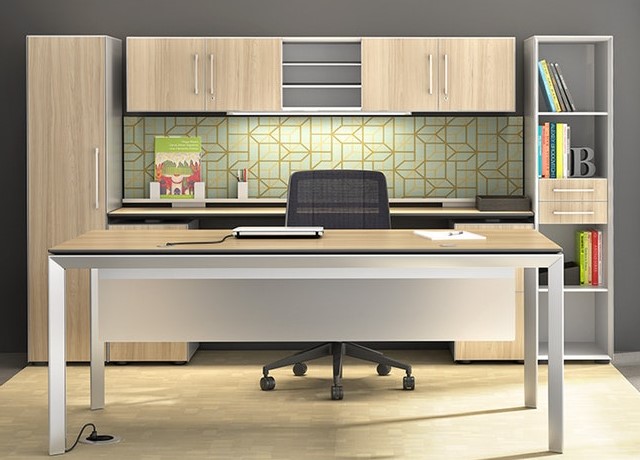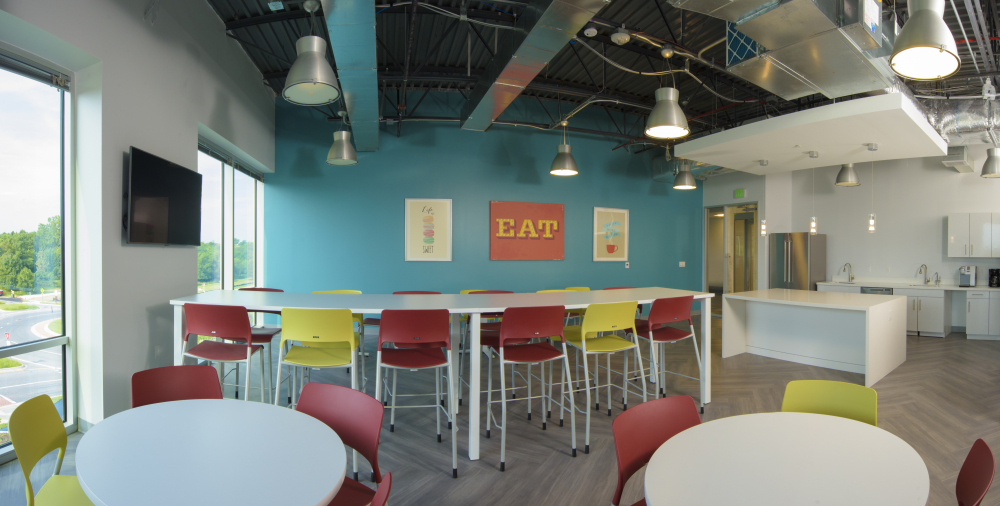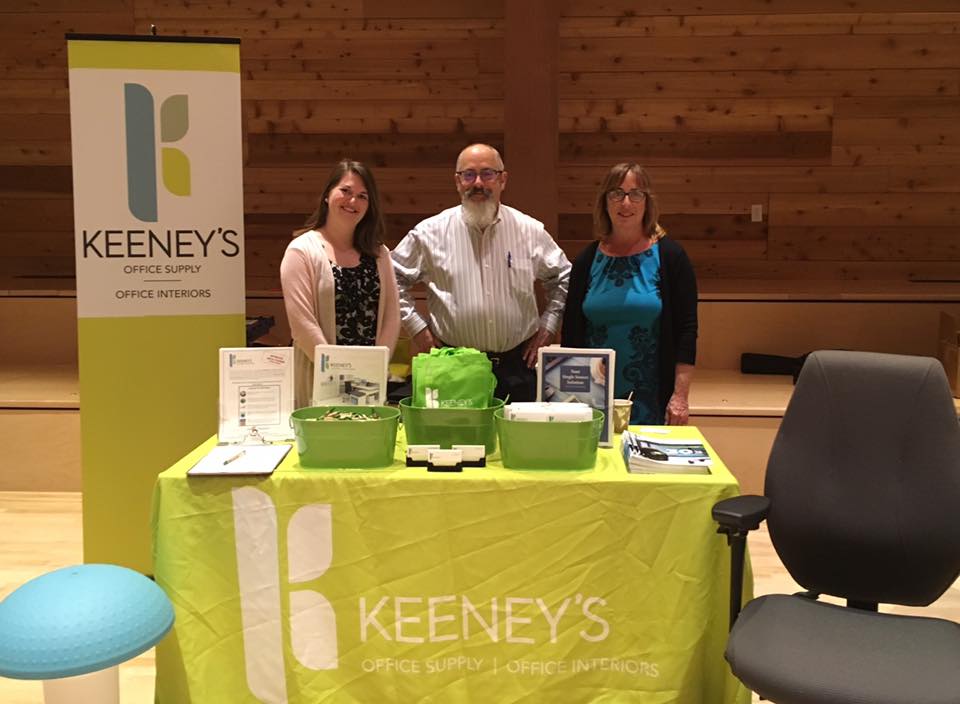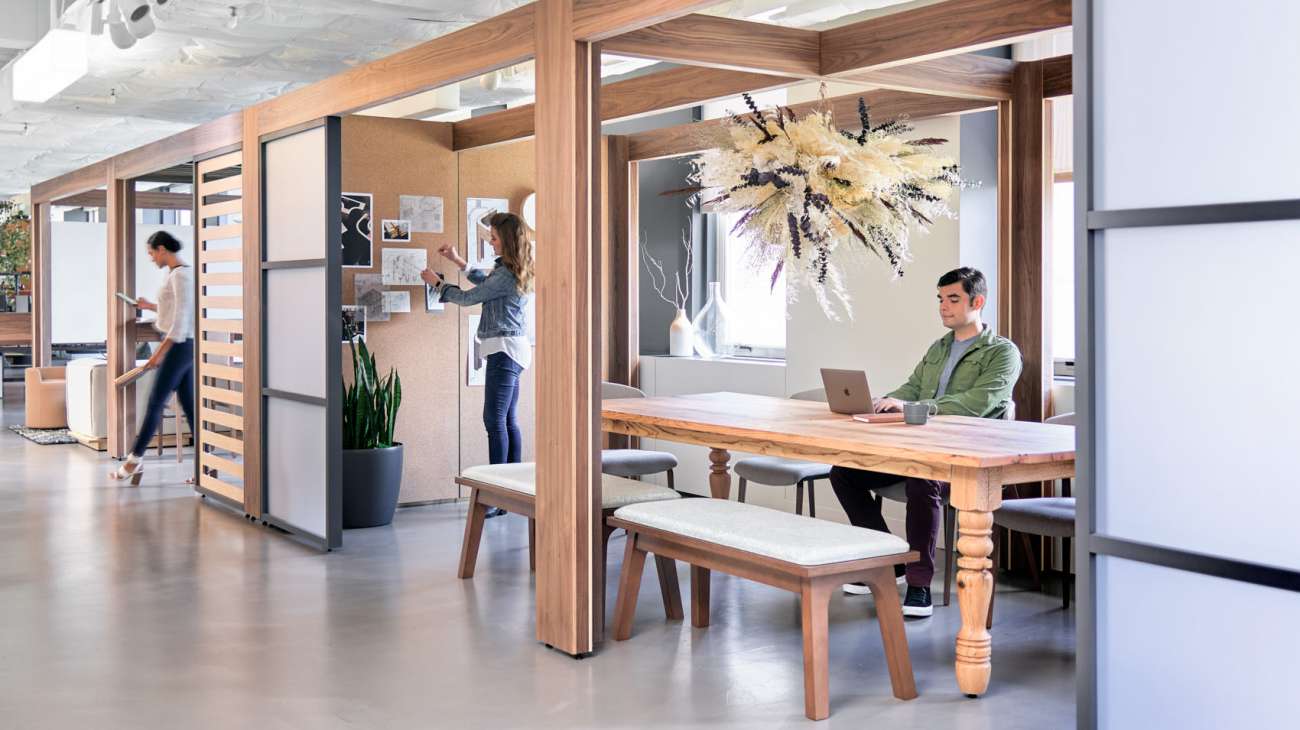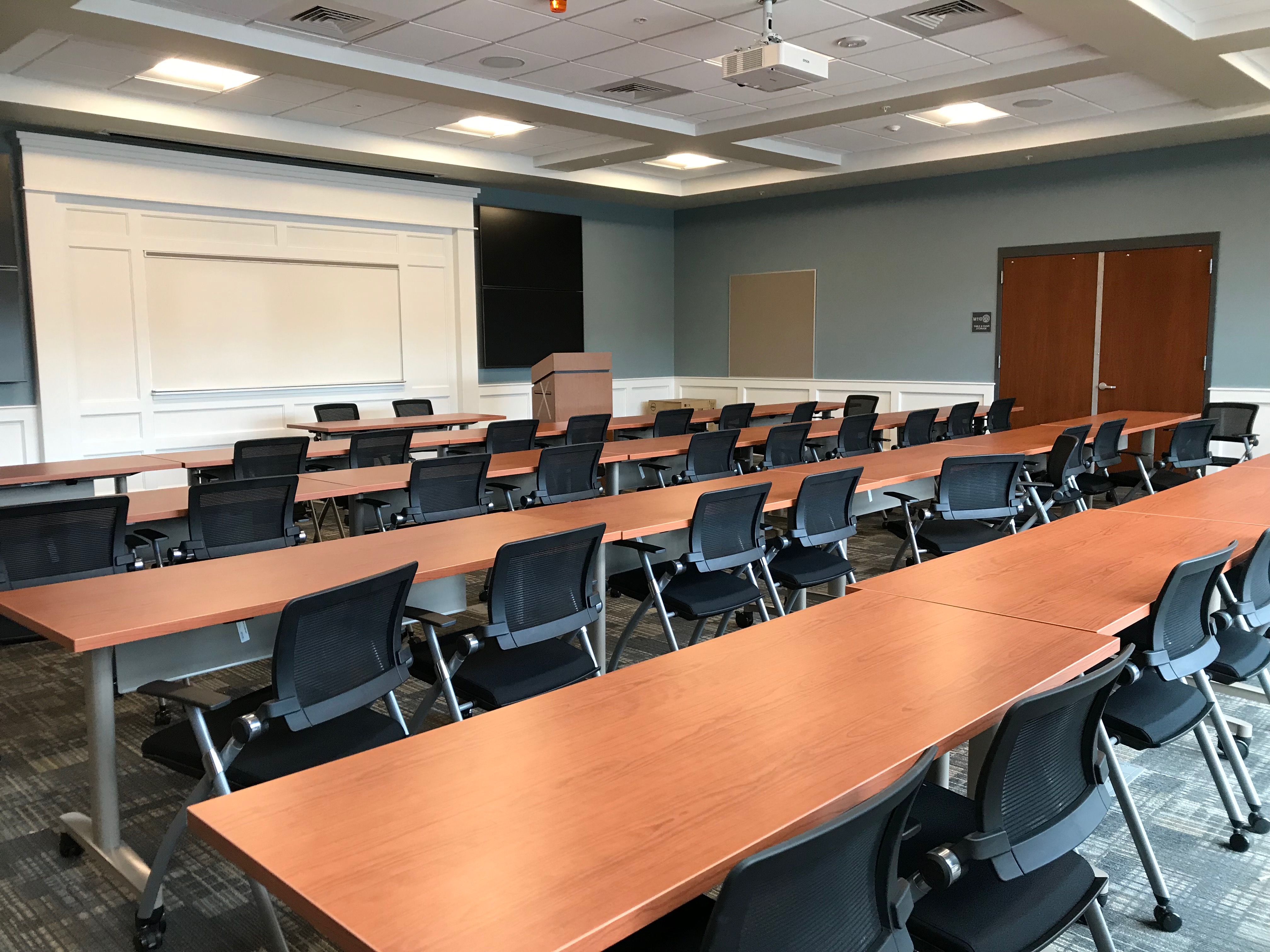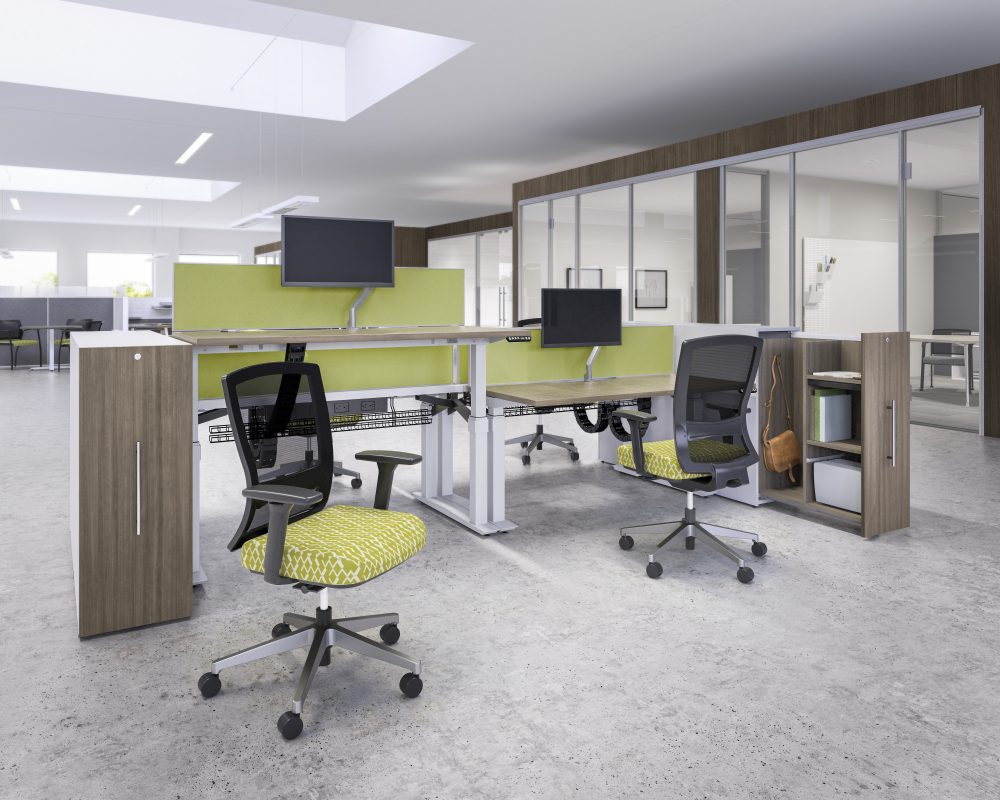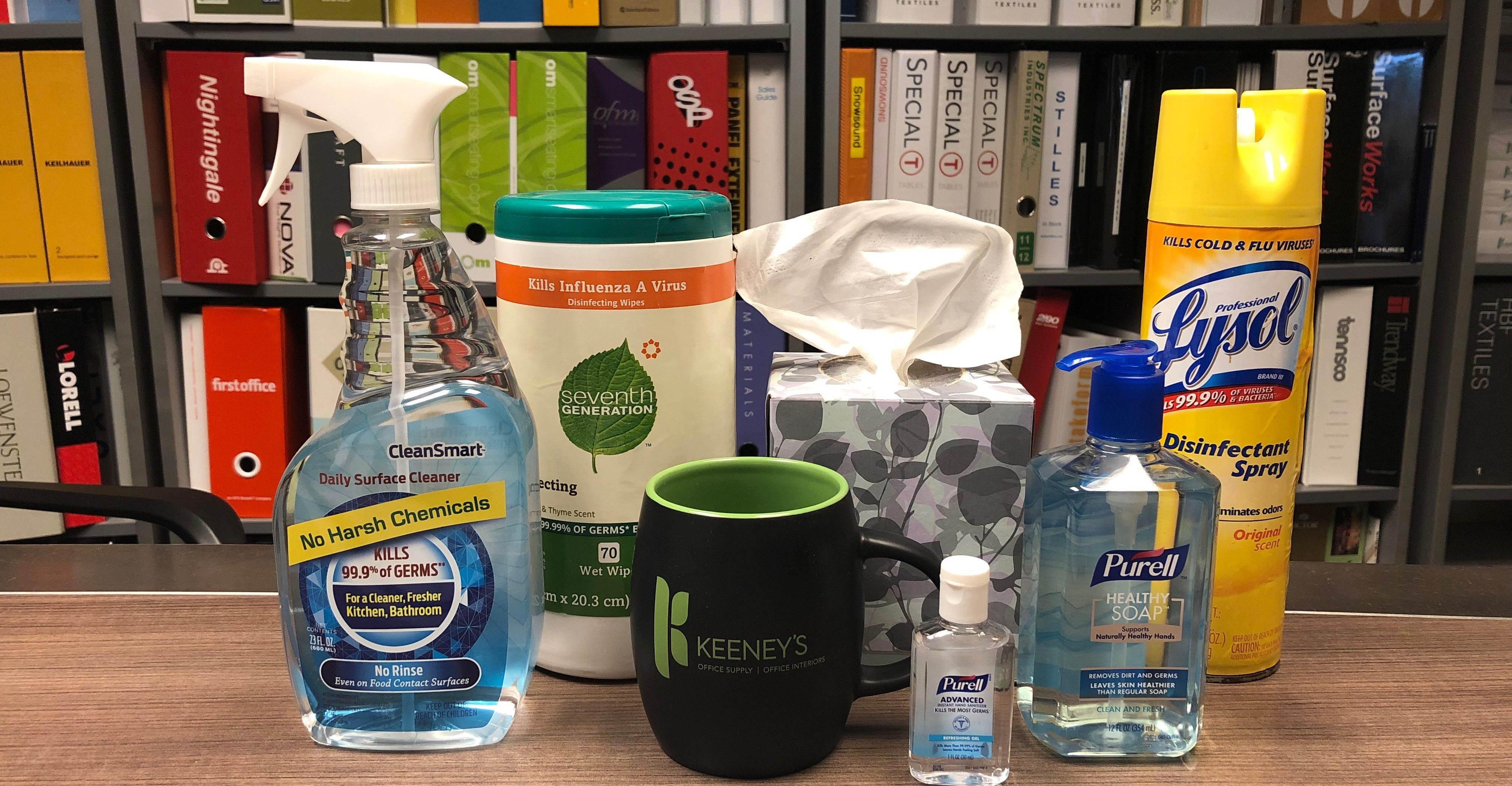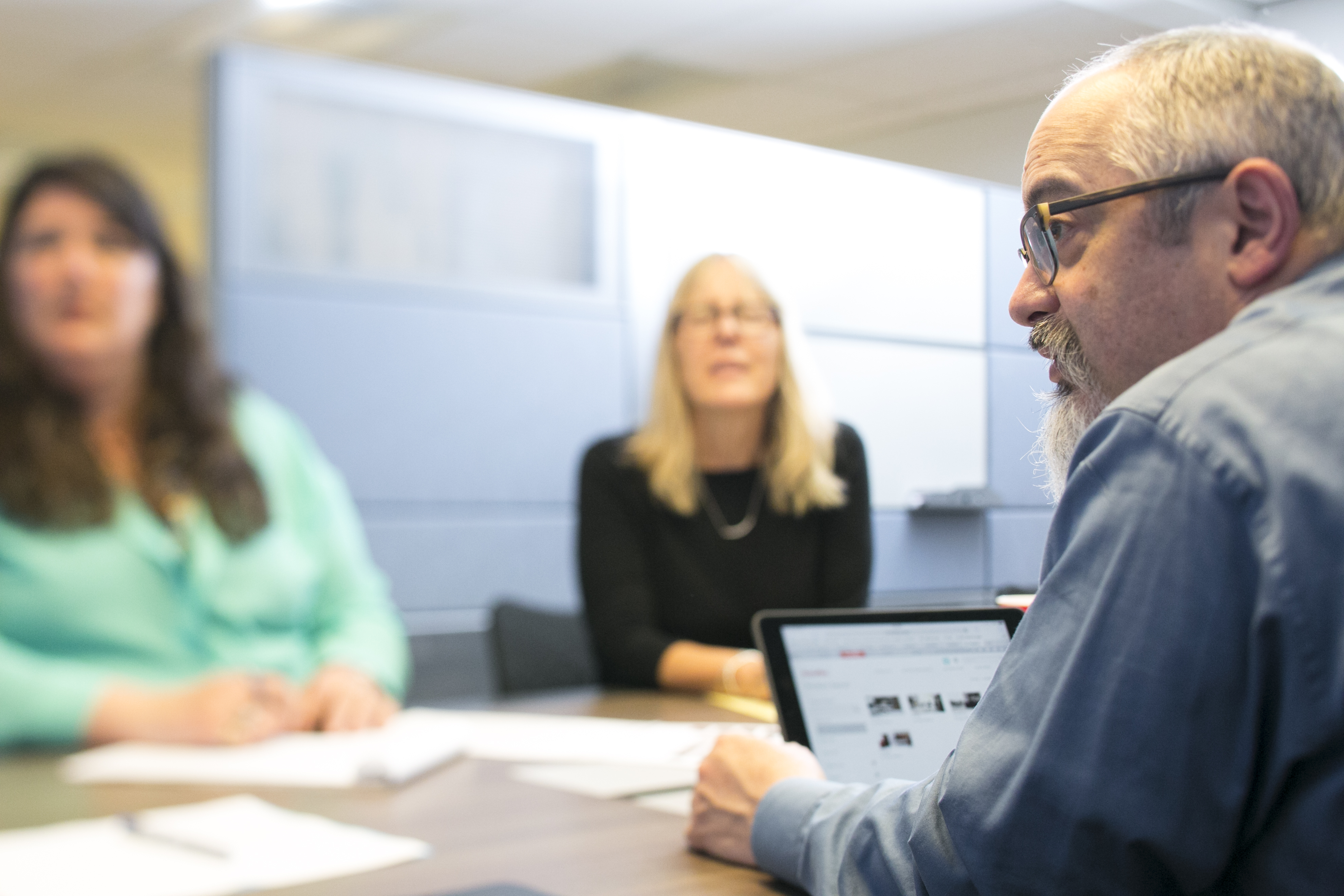Is your office ready for workers to return? Before your teams return, make sure the workplace is ready for them with health and safety in mind. Read on to be informed and have a plan: 1) Before people return, 2) As people return and 3) Ongoing assessments to keep the workplace safe, practical and flexible. We also provide some helpful resource links for even more information.
Read the Return to the Office Checklist »

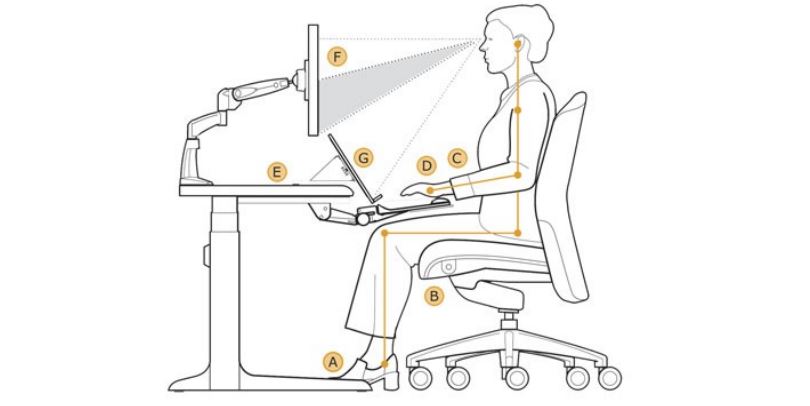 As many workers across the country are setting up temporary workstations in their homes, incorporating correct ergonomic positioning into your remote office is important. Whether you are working from your dining room table or a designated office in your home, ensure you are positioning your body and equipment correctly. Make the the following adjustments to your workstation to avoid discomfort, fatigue and backache during the workday.
As many workers across the country are setting up temporary workstations in their homes, incorporating correct ergonomic positioning into your remote office is important. Whether you are working from your dining room table or a designated office in your home, ensure you are positioning your body and equipment correctly. Make the the following adjustments to your workstation to avoid discomfort, fatigue and backache during the workday.